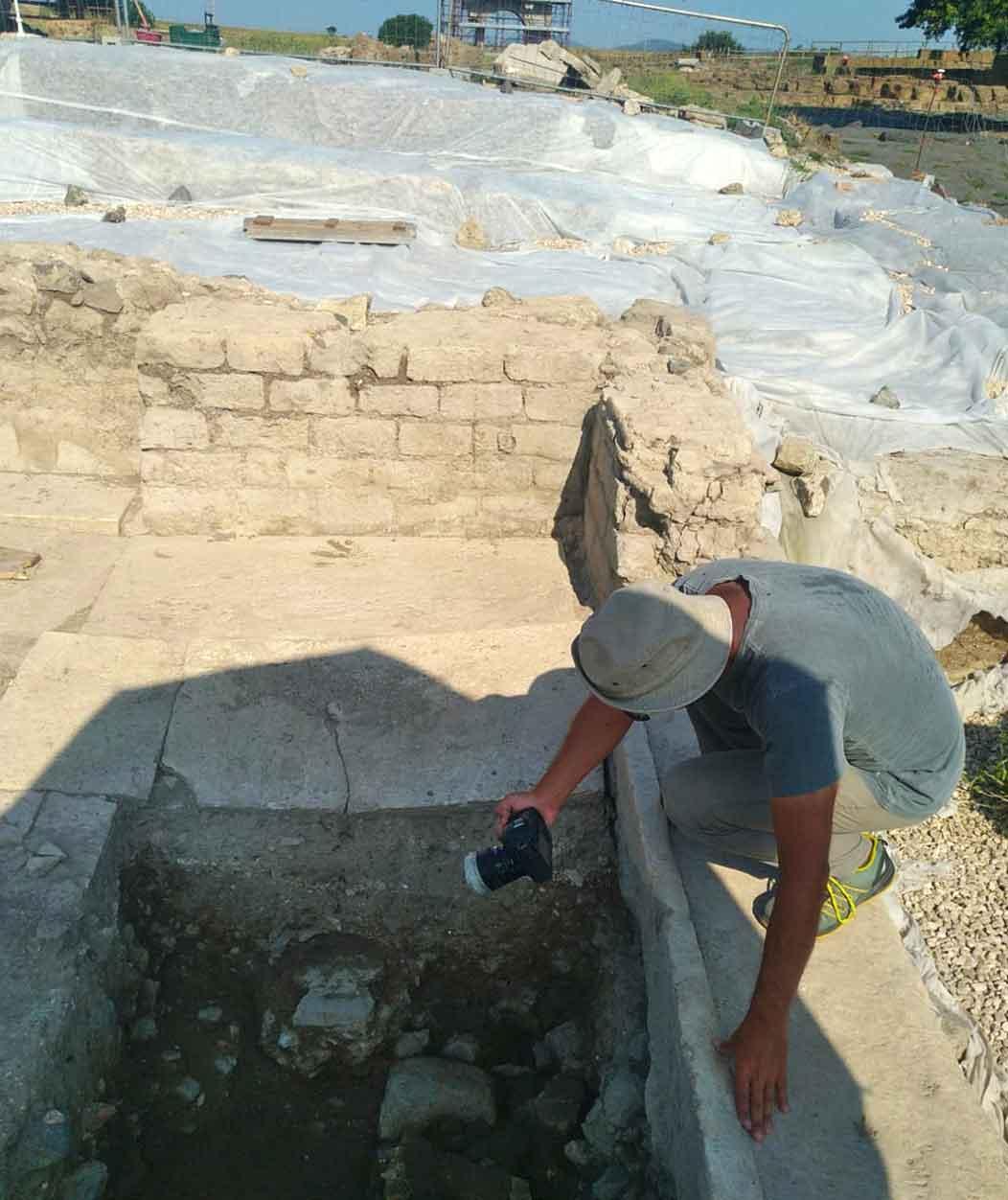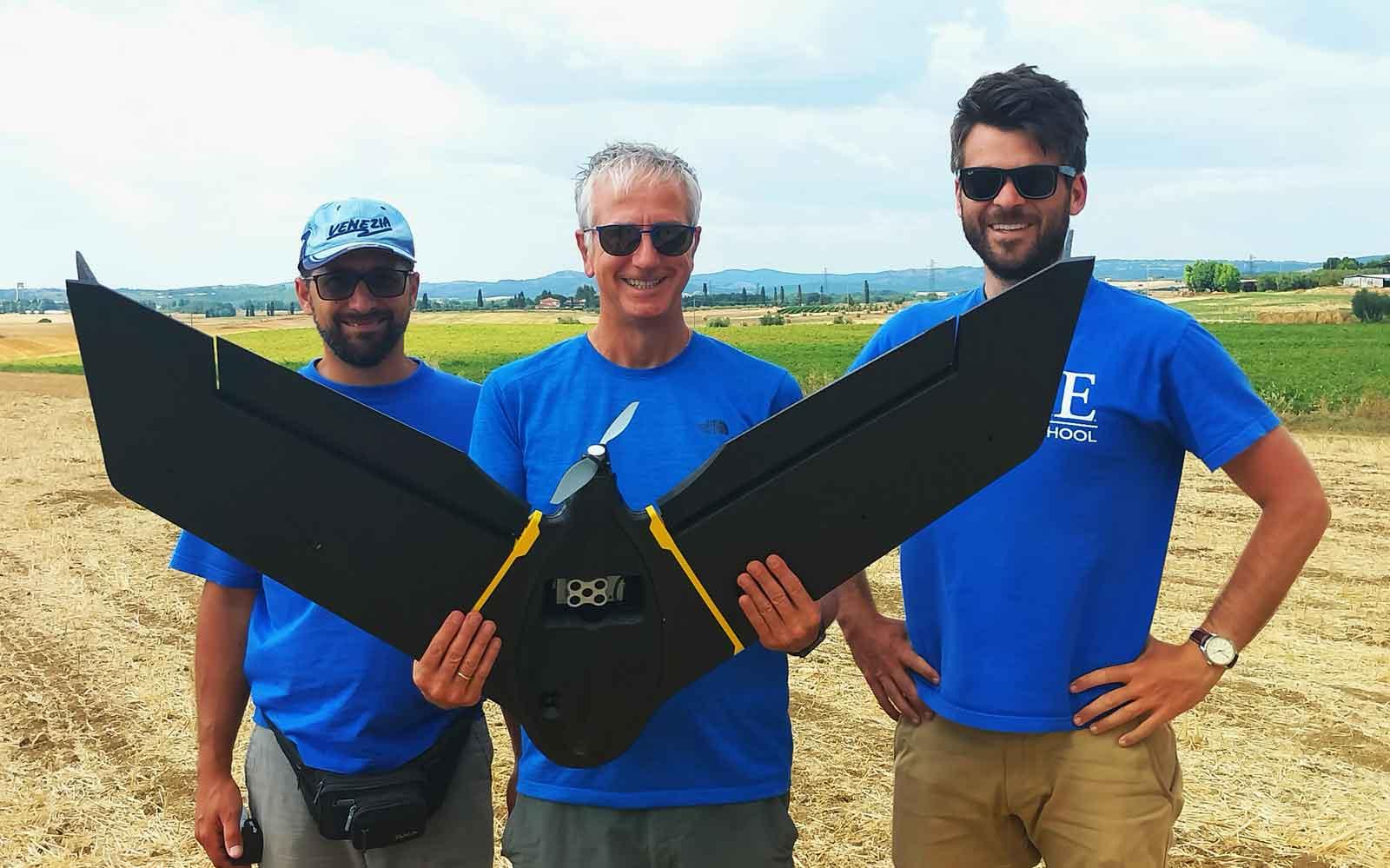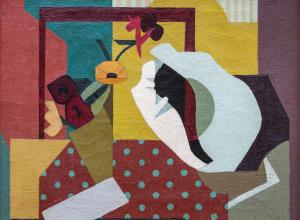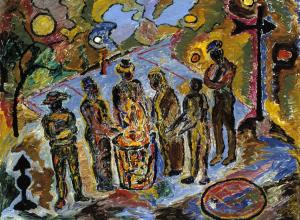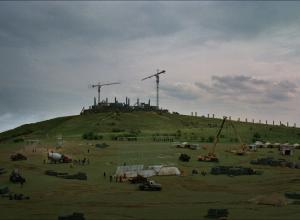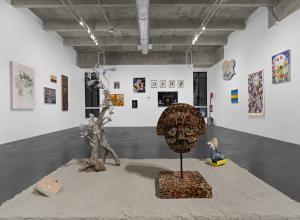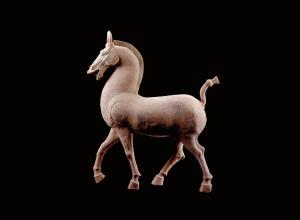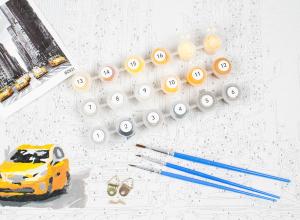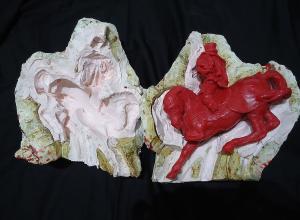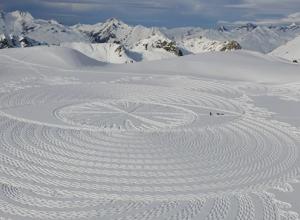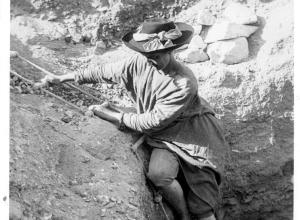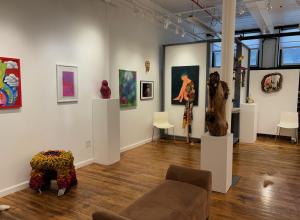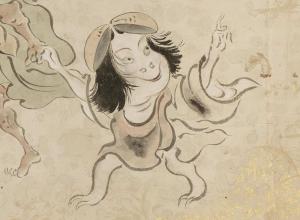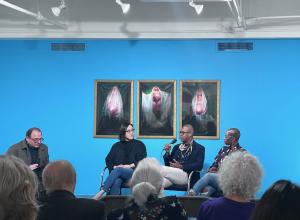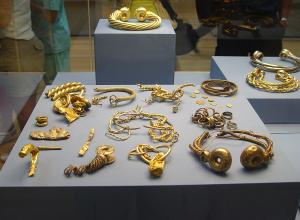On a typical day, the archaeologists conduct their work much like any other excavation, scraping away layers of dirt with pickaxes and trowels, but gone are the days of pen and paper at Vulci. The excavation is entirely paperless, every digger instead utilizing a tablet or laptop computer to record data and observations in a digital format. A simple tool but one with far-reaching effects according to Field Director, Elisa Biancifiori. “Archaeological work isn’t restricted to the field but is just the beginning of our research. Each season we produce a large amount of data—unit sheets, photos, plans, finds sheets, soil samples, et cetera…” All this data must be reconciled, organized, and interpreted after the excavation has closed each summer. Recording everything through digital methods from the beginning means no time is lost transcribing paper records, and it also ensures that all data are accessible from anywhere in the world; a critically important element considering the international composition of the team, and recent COVID-induced travel limitations.
Establishing a fully digital platform also serves the crucial role of laying the foundations for the project’s pièce de résistance: the 3D replication of the entire excavation in virtual reality. This feat is accomplished utilizing 3D photogrammetry, in which myriad photos of a designated area (or object) are taken from every possible angle with a DSLR camera at a consistent distance until the entire subject is covered. Next, the photos are run through a program—such as MetaShape—which stitches the photos together based on similar features in overlapping sections to create a digital 3D rendering. This process is duplicated every day, multiple times, and for every new context or layer that the archaeologists uncover (individual objects that are recorded thus are available to the public here). The resulting 3D replica is comprehensive, incredibly detailed, and ensures the preservation of data that would otherwise be lost. “As archaeologists, we try to mitigate the destructive nature of our work,” says project director, Professor Maurizio Forte. “We work for a community, not just ourselves, and so we want to deliver the data properly to allow others the chance to look at it in the future. We also want to be more sensitive to the fact that the archaeological site is a difficult place to reach.”





